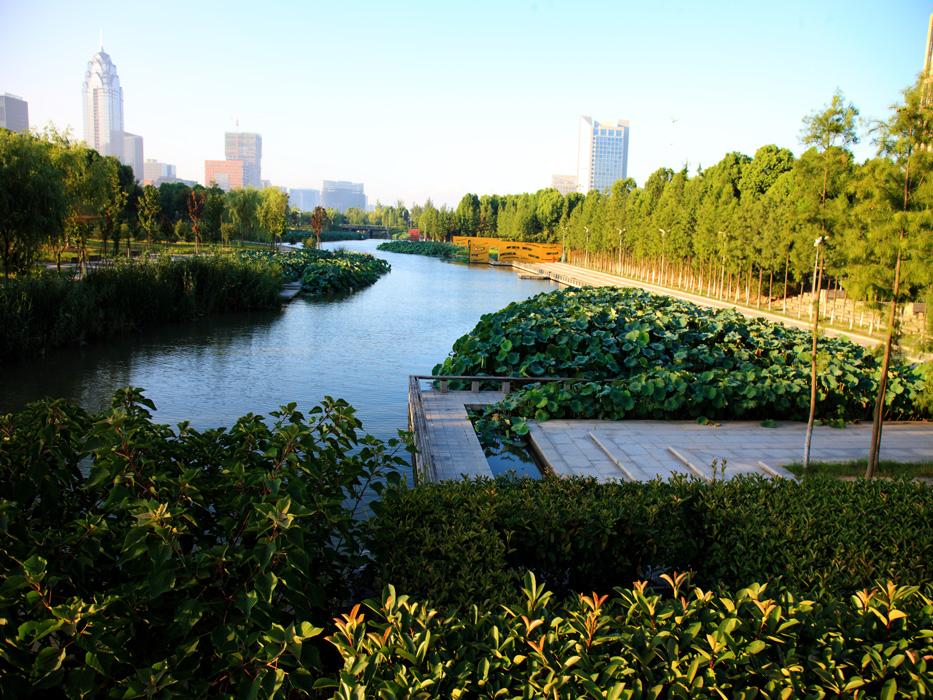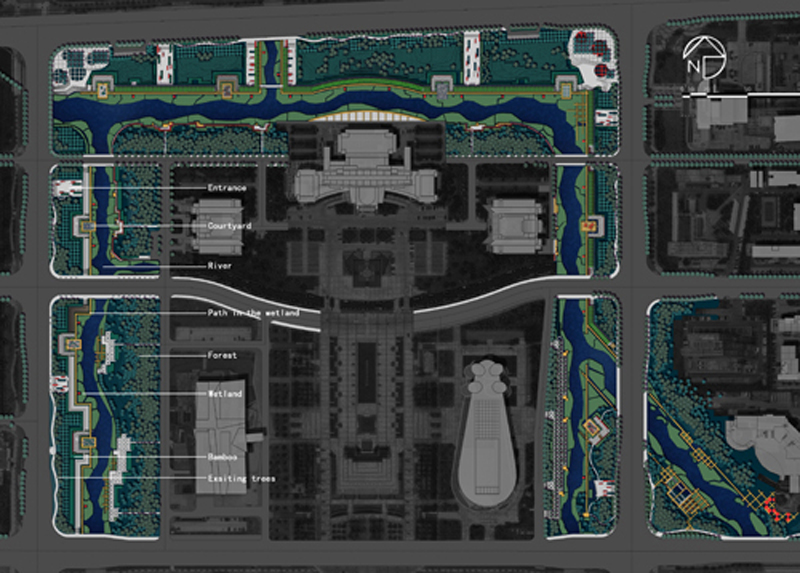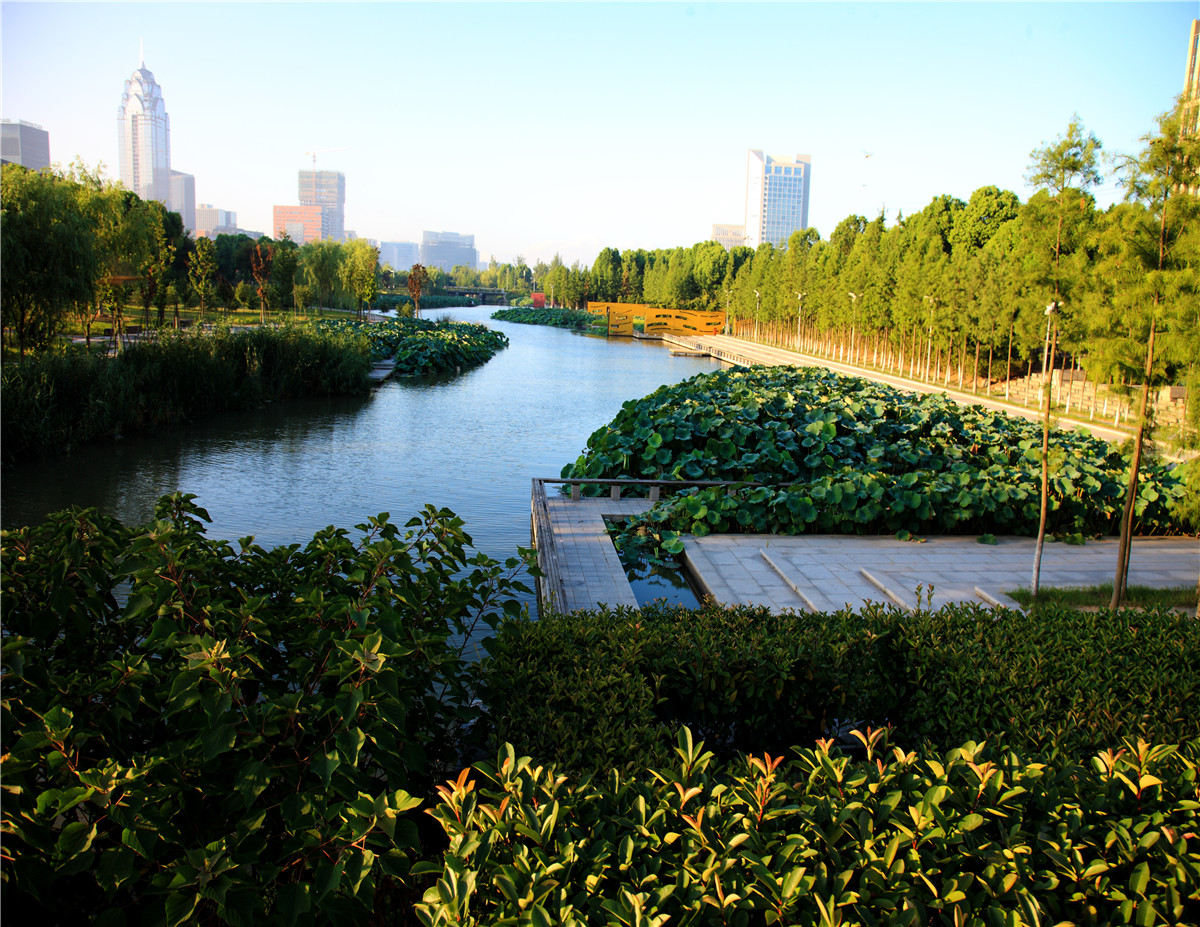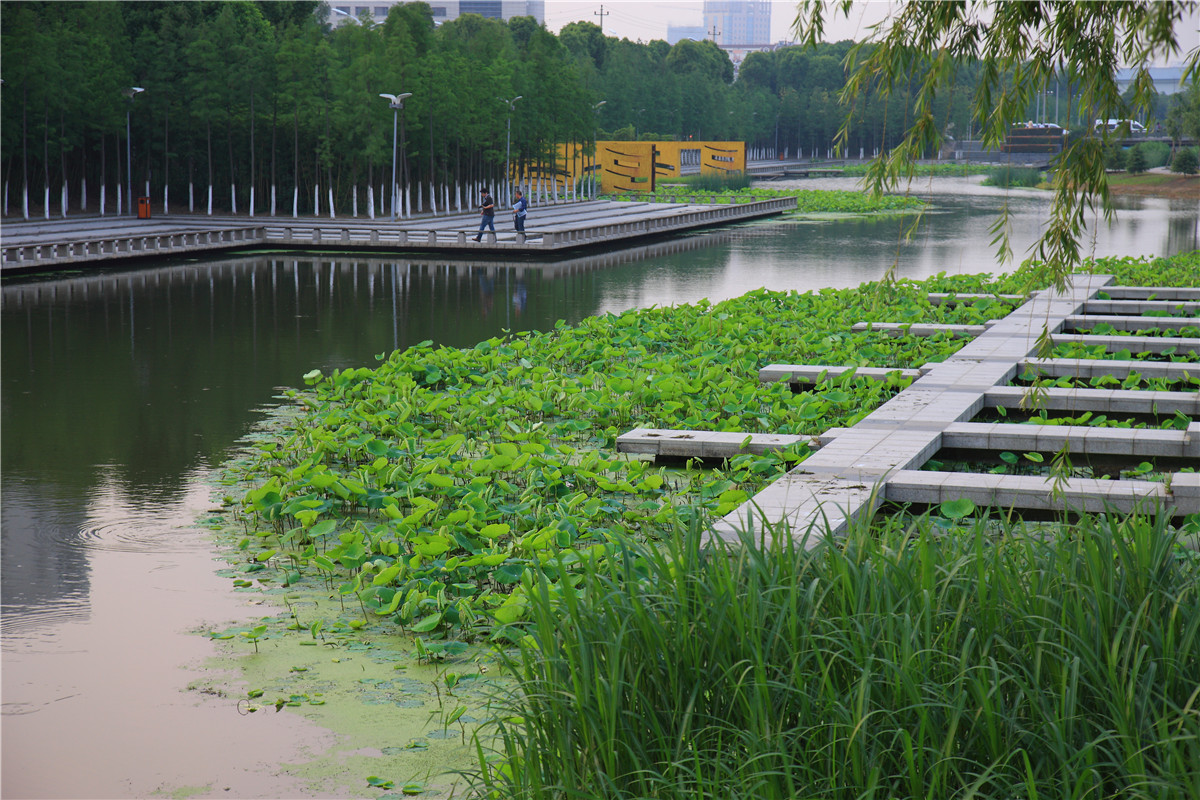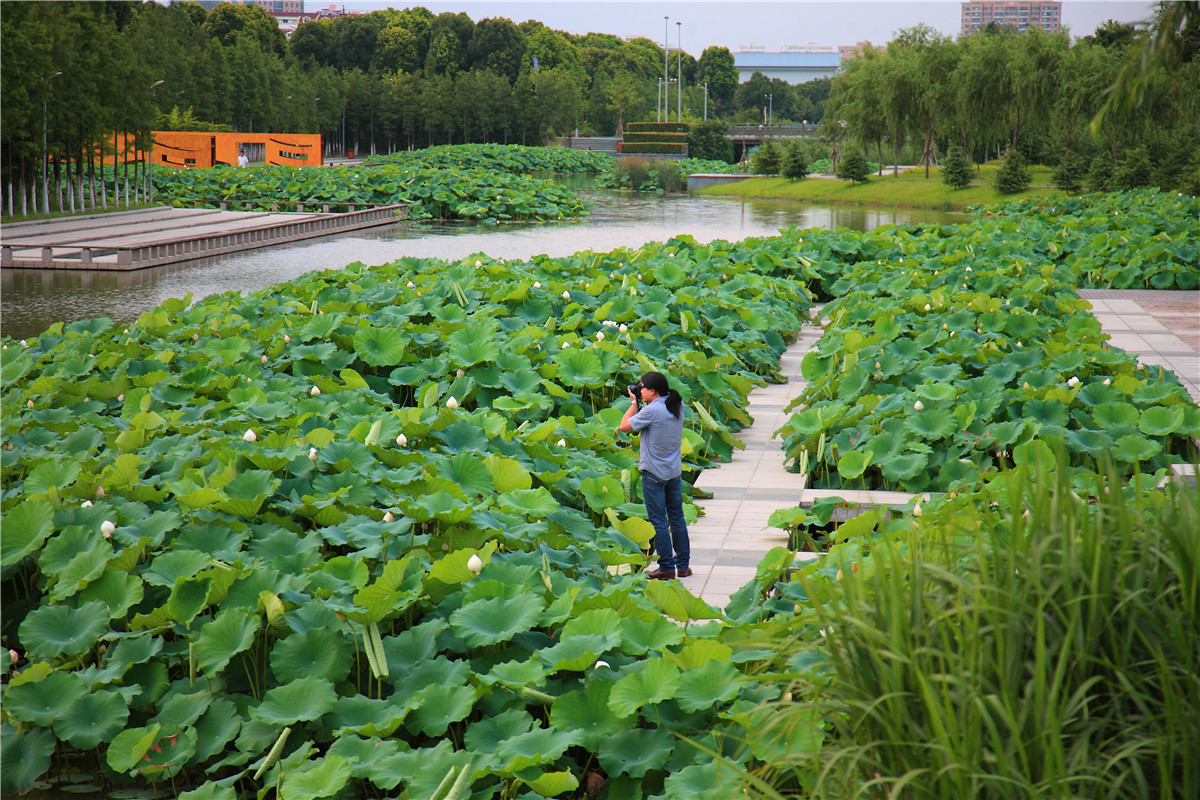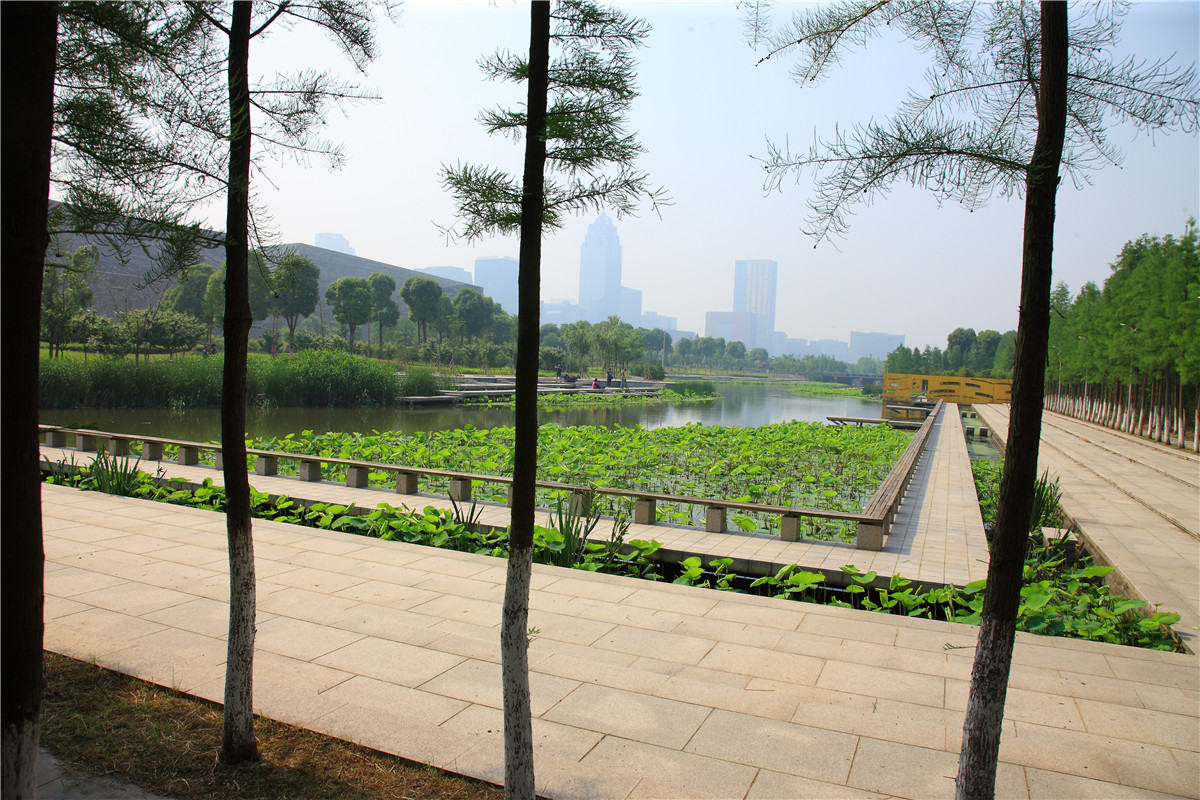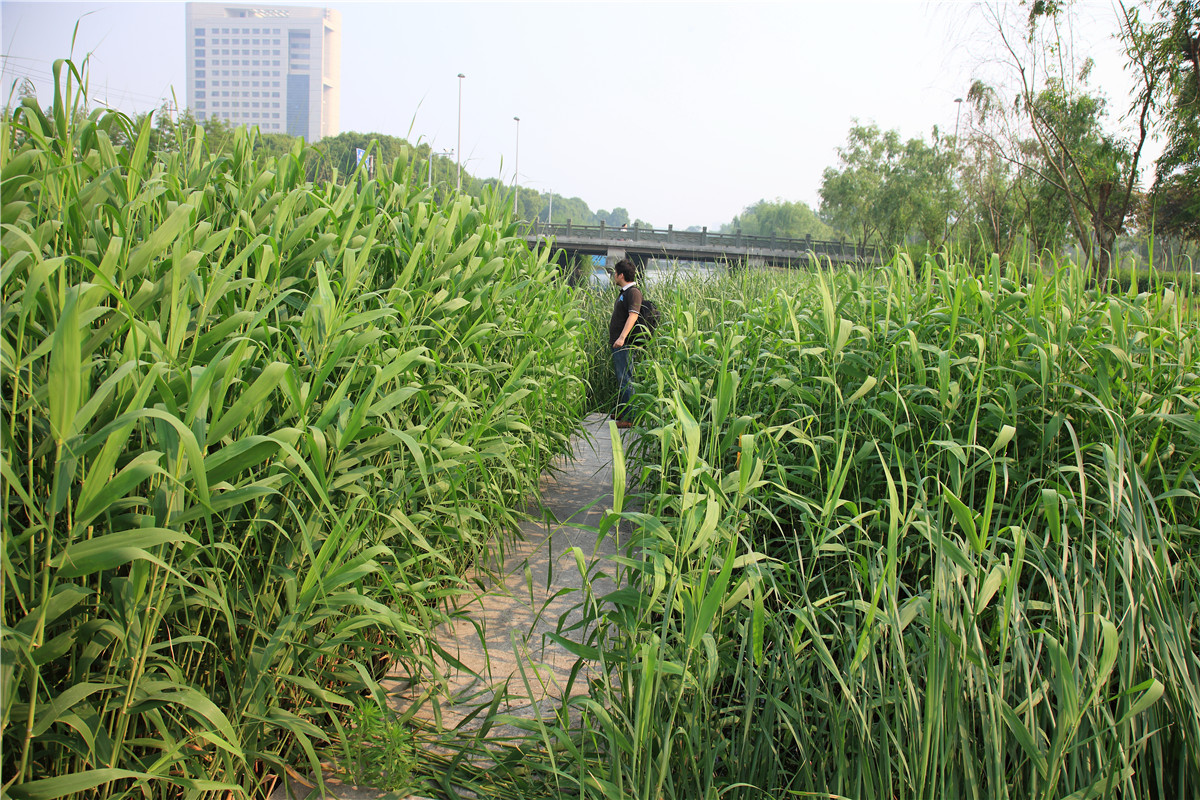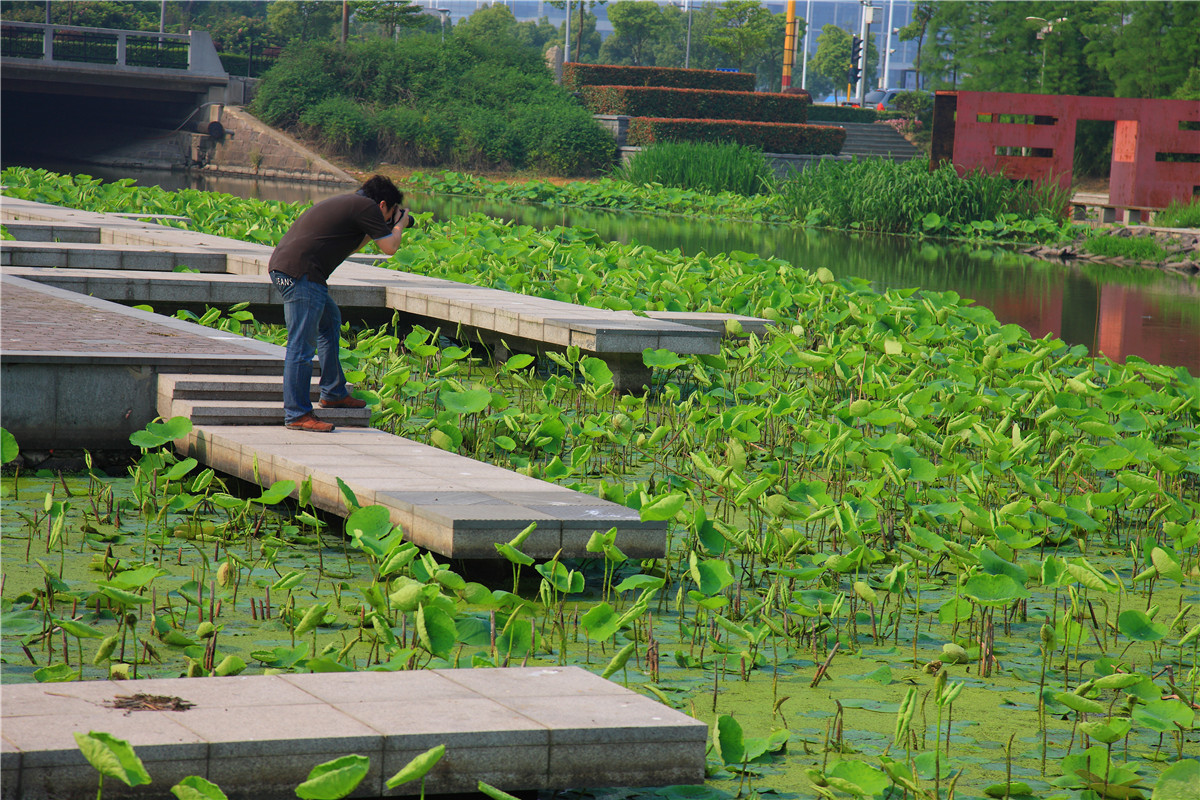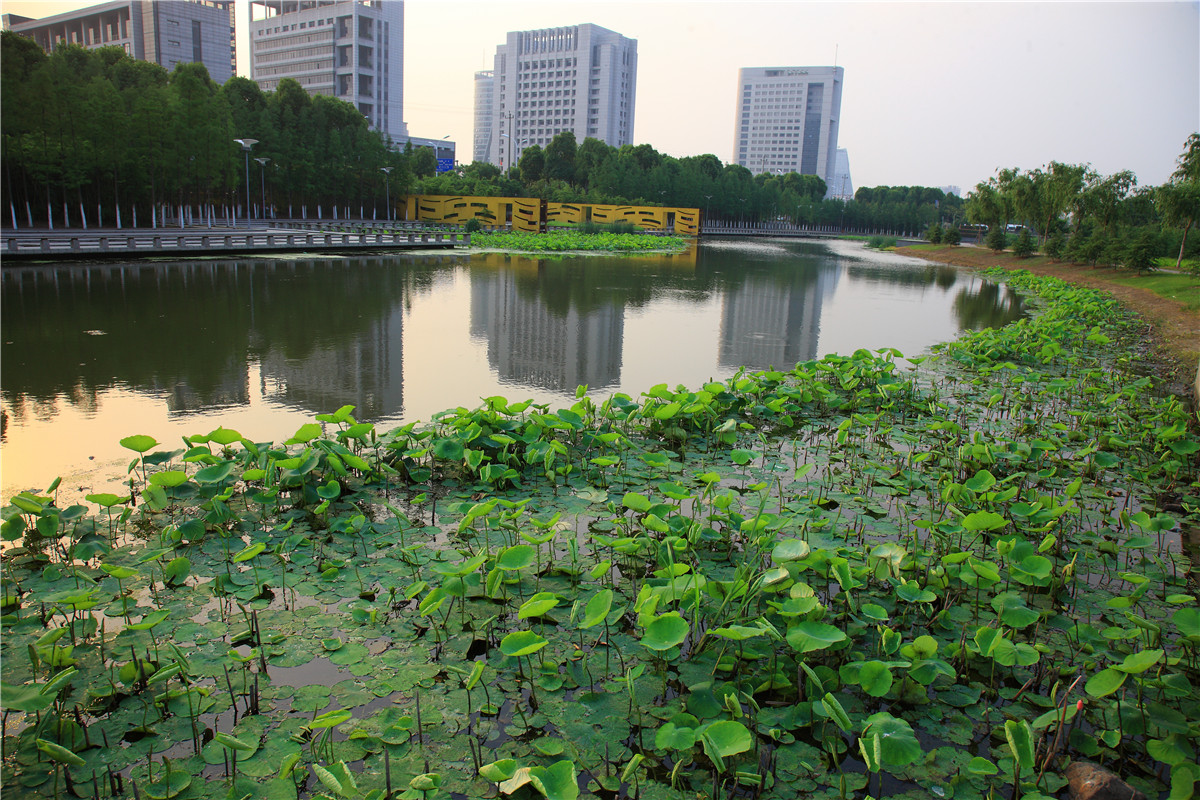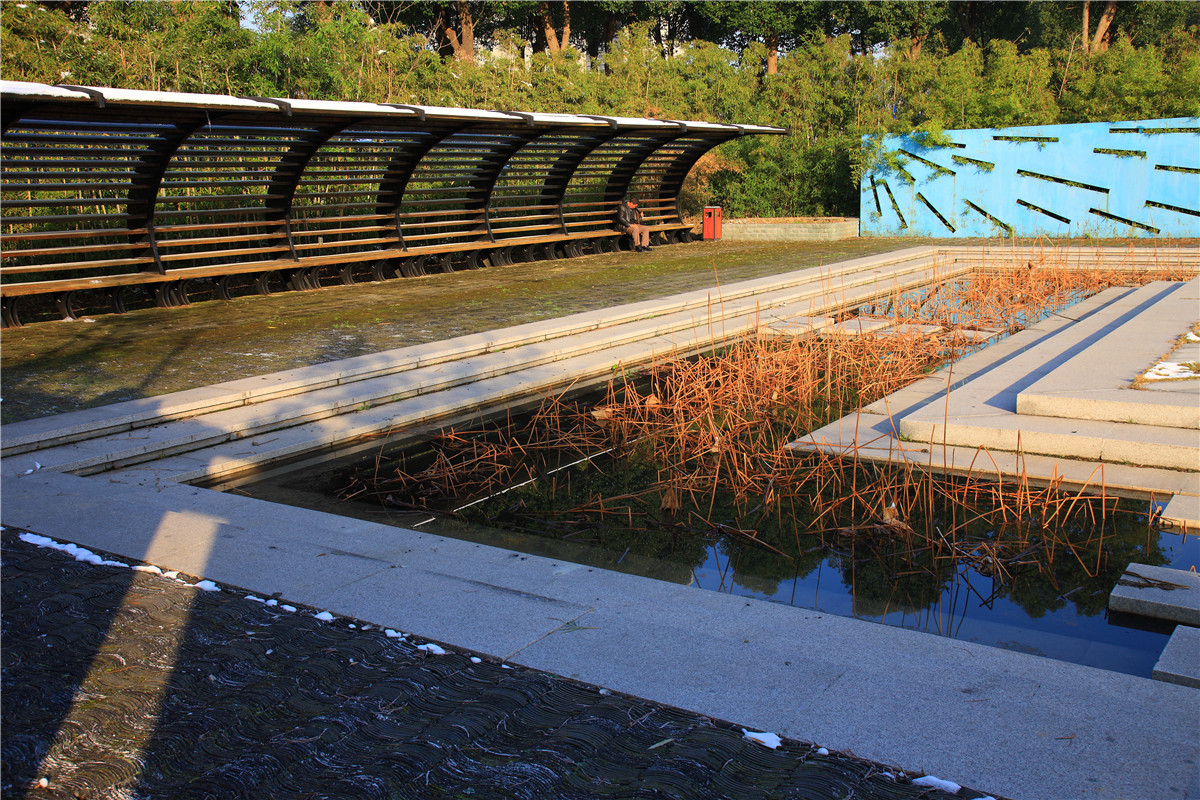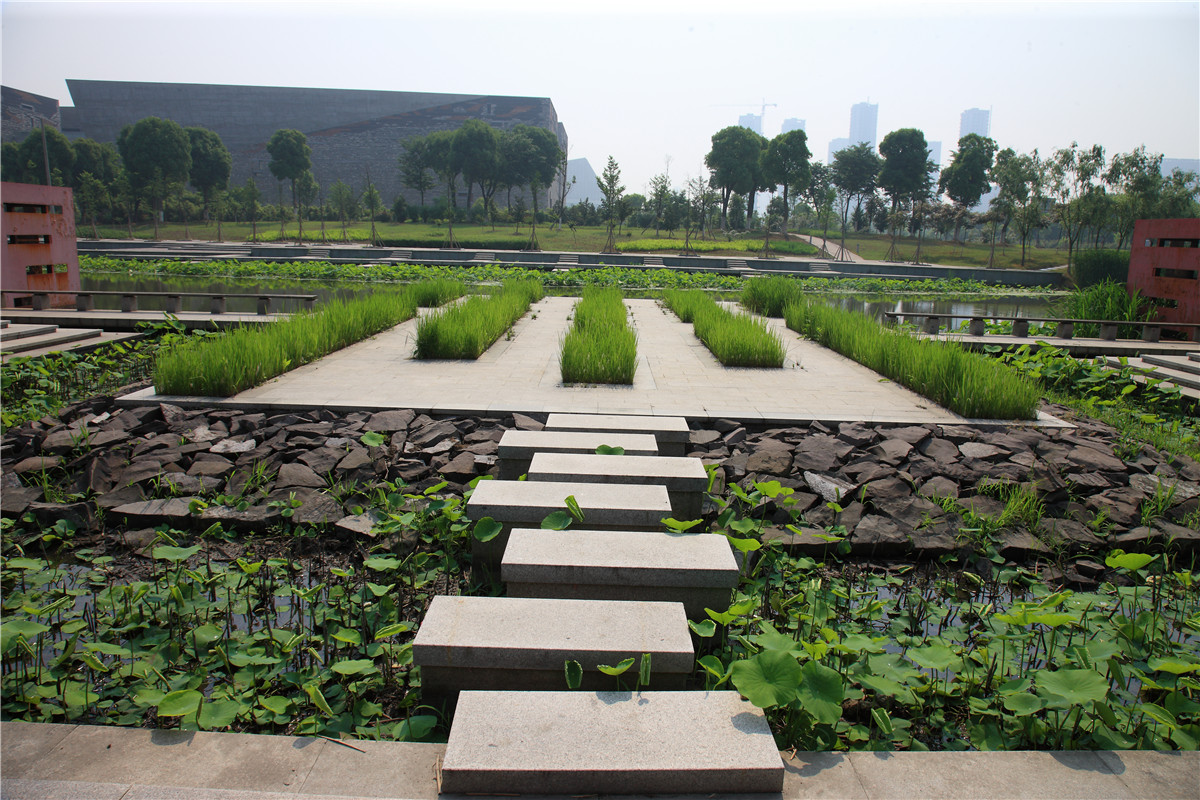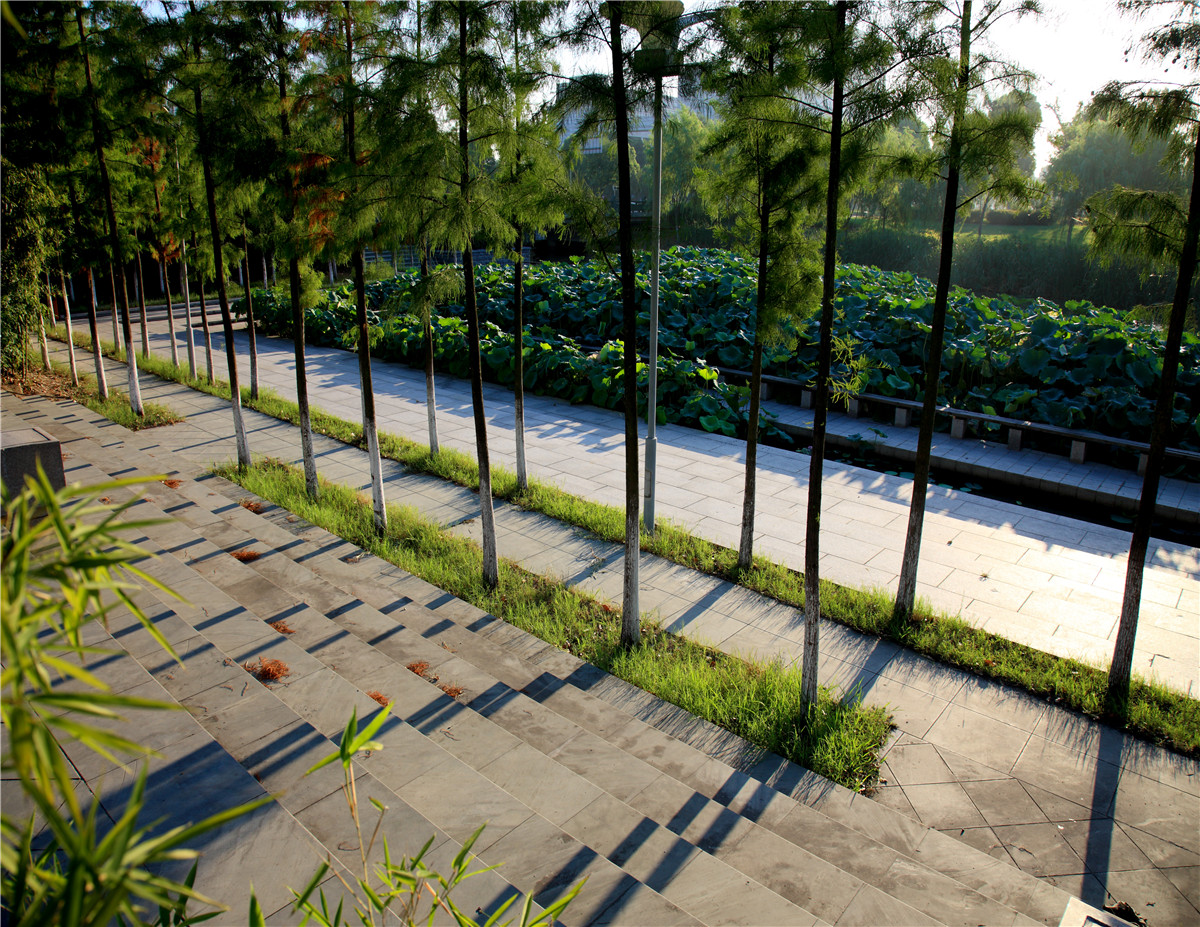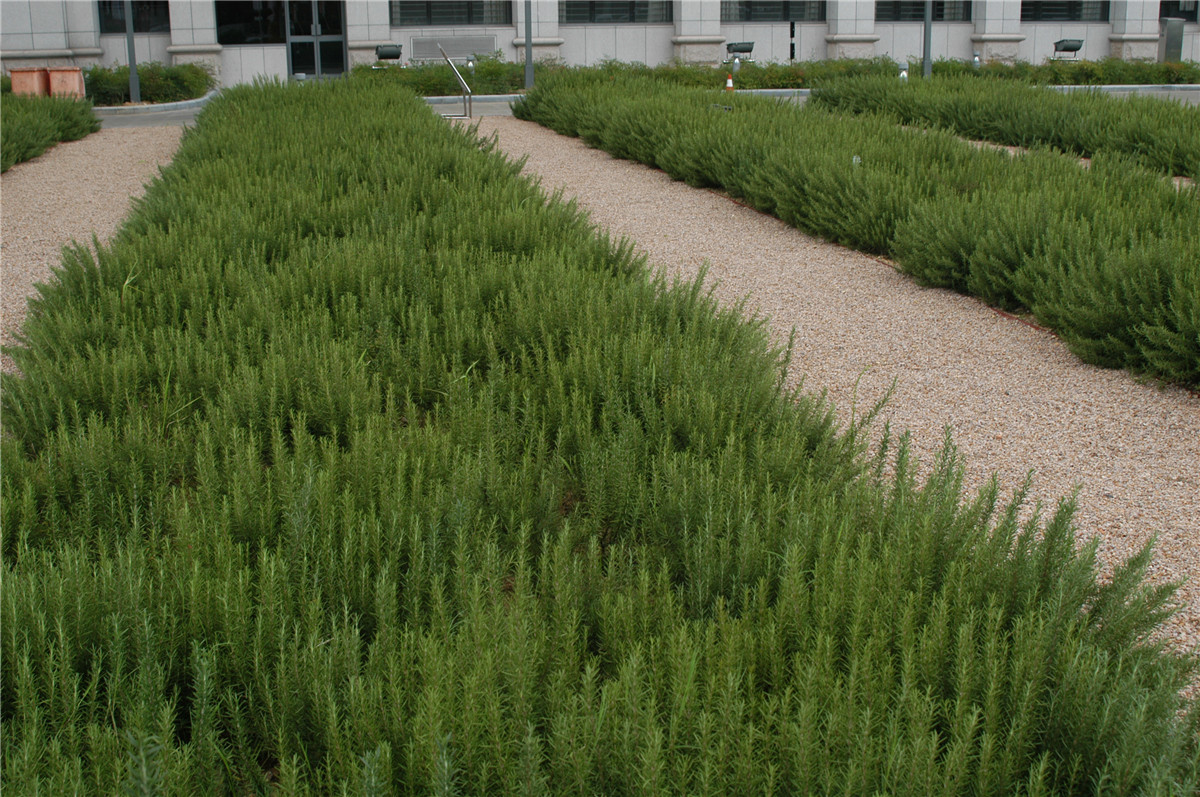Ningbo Yinzhou Central District River Channel Renovation
Project Information
- Project Location:
- China Ningbo, Zhejiang
- Design Time:
- 2004
Project Profile
1. Project Statement
Channelized and hardened river channels are a common phenomenon in the urbanization process. The Yinzhou Central District River Channel Renovation Project demonstrates an alternative way to transform urban waterfront areas in the face of land resource scarcity and flood control challenges. It successfully turned a channelized, rigid, and lifeless river channel into an ecological, beautiful, and abundant landscape, harmonizing nature with the urban environment.
This project is located in Yinzhou District, Ningbo City, Zhejiang Province, China. The area is in the eastern coastal region and is significantly influenced by the monsoon climate, forming a developed river network used for irrigation and drainage. In the past, the water system was a complete ecosystem that could provide various ecological services, including drought and flood regulation, food production, habitat for wildlife, recreation, cultural education, and aesthetic inspiration. During the rapid urbanization process in this area, these characteristic rivers were filled or channelized with concrete, eventually becoming lifeless concrete channels with only drainage functions. The ecological service functions were completely ignored. Through renovation, this project transformed the river channel back into a vibrant ecosystem capable of providing multiple ecological services, adding an ecological, productive, and beautiful waterscape to the city.
2. Objective and Challenge
(1) Limited Available Land
The central district covers one square kilometer, with surrounding rivers already channelized.
The waterfront space between the streets and the waterline is only 50-80 meters wide, with 10-20 meters of concrete or granite-paved slopes at the river's edge.
Outside this narrow slope is a green belt already planted with trees.
(2) Flood Control
Flood control regulations require that the drainage capacity of the channel must not be weakened.
(3) Limited Budget
The project budget is limited, and large-scale earthworks cannot be carried out.
3. Design Strategy
(1) Retain Existing Newly Planted Trees:
To reduce the cost of planting trees.
(2) Partial Demolition of Concrete Slopes:
Remove the upper part of the concrete slope, keeping the lower part to prevent riverbank erosion.
(3) Lower Riverbank Height:
Provide wet areas for the growth of wetland vegetation.
Plant productive lotus flowers, which people can enjoy in summer and harvest lotus roots in autumn.
(4) Construct a Wooden Walkway:
Build a wooden walkway in the center of the lotus-blooming wetland.
Replace fences with long benches that can serve as seating for people.
(5) Arrange Semi-Enclosed Courtyards Every 150 Meters:
Inspired by the traditional courtyard form of local villages, using local tiles and granite for paving.
Set up a partially hidden wooden pavilion in the woods for people to rest.
Plant native plants in the courtyard and bamboo between the double-layered steel walls around the courtyard to create a new rural experience.
